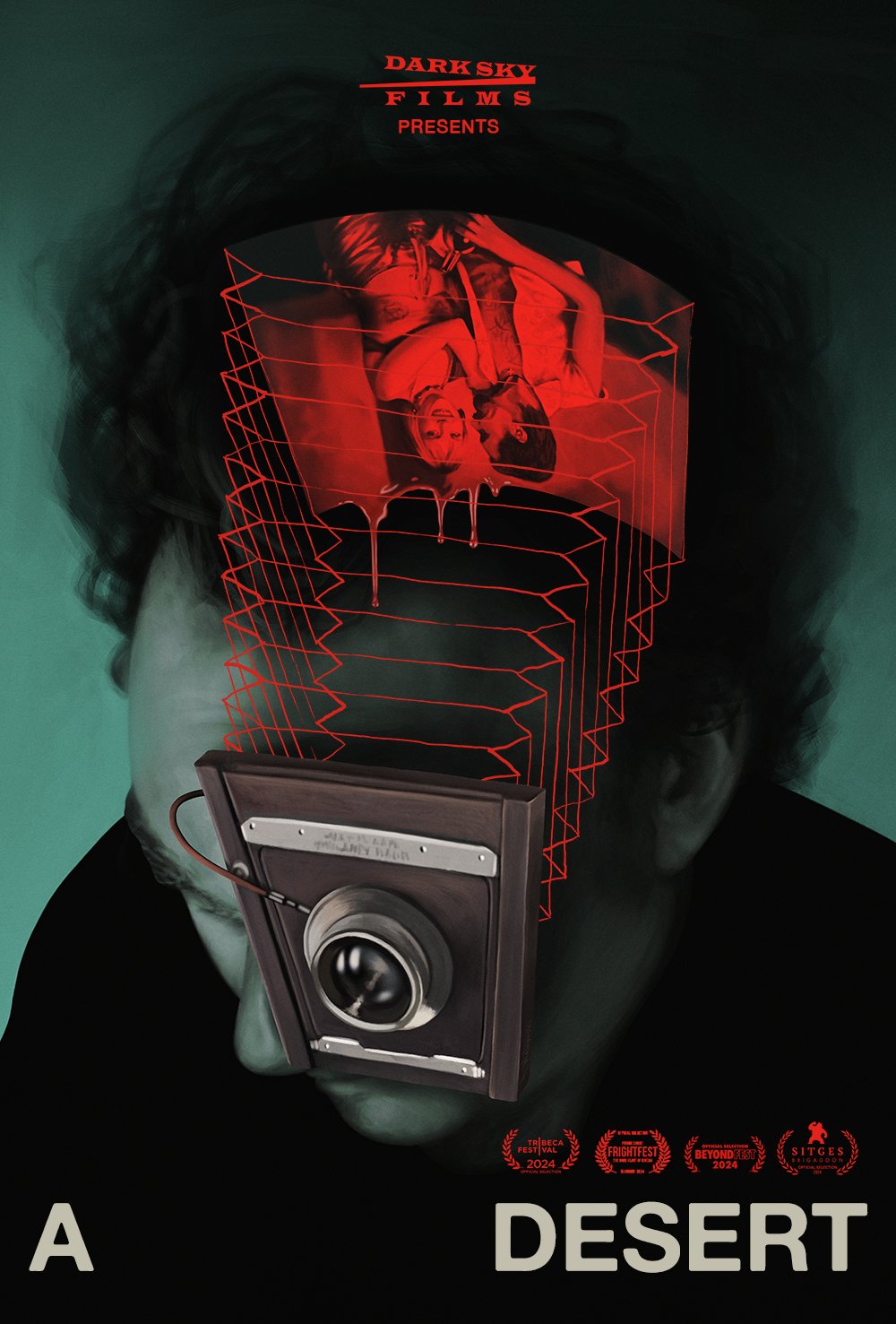COLLECTOR'S CRYPT - A DOG CALLED...VENGEANCE (SEVERIN BLU-RAY)
So many horror films are about a pursuit. Maybe it’s a slasher stalking babysitters or a shark and a group of local sailors and sheriff, so many horror films rely on the inherent tension of someone coming for you. Sometimes this pursuit takes both a figurative and literal approach, like “It Follows”, where the horror is both manifest in the people following you as well as the more metaphorical interpretation that the “curse” is always in pursuit of you. While it may not be as common now, there was a time when a lot of horror films focused on animals attacking and pursuing people. From “Cujo” to “Cat’s Eye” animals can be as much friend as foe in horror and are often far better trackers than their human pursuits. The suspense of mortal pursuit meets political allegory in Antonio Isasi’s “A Dog Called…Vengeance” which has recently gotten the Blu-Ray treatment from Severin Films. Is this Spanish When Animals Attack film worth adopting into your collection?
WHAT’S IT ABOUT?
A political prisoner in a South American dictatorship escapes and is pursued throughout the country by a bloodthirsty dog.
HOW IS IT?
Another film from the post-Franco era that Severin is bringing to North America, and much like “The Creature” (read our review) “A Dog Called…Vengeance” or “El Perro” is as much political allegory as it is a thriller, albeit with a lot more action this go round. “El Perro” may not wear its subtext as proudly or as obviously. Still, it does layer in thick helpings of social commentary that may or may not land depending on your familiarity with the region and its post-fascism struggles. What is clear in “El Perro” is that the political strife and cultural struggle that Spain experienced unleashed a wave of repressed ideas and critiques that could only be released after the death of Franco in 1974. While it is overlong, it is never boring, and the mixture of political espionage with light hints of exploitative cinema is a potent mix of action and commentary.
Jason Miller (yes, Father Karras) plays a political prisoner named Astrides, who escapes his captors only to be pursued by the titular dog throughout the country. What begins as a pursuit film morphs into a political action drama around the middle as Miller meets with some of his contemporaries to carry out what may amount to covert and overt operations against the ruling dictatorship. Through all this, the dog persists in chasing Astrides throughout what seems to be a good part of the country. On the surface, the premise sounds like two movies got mixed up in Seth Brundle’s Telepods mixing animals run amok with political thriller in a seemingly jarring setup. The fascinating thing about “El Perro” is that while it dabbles in two different cinematic realms the way they are curated in the film makes them feel almost indistinguishable. It’s quite a feat to suspend disbelief that a fascist dog could pursue someone so fervently and throughout so much terrain, and perhaps that is because this isn’t about a literal dog as much as it is a metaphor for the country’s attempts to rid itself of Franco’s regime while still feeling the effects of his long-standing dictatorship. If viewed under this lens, the connection to political espionage and rebellion makes a lot more sense in the context of the film.
If “El Perro” succeeds in delivering a compelling, politically-charged message is hard to say mostly due to the lack of context most viewers will have about this point in history. We even had to do some reading on the topic to begin to piece together some of the connections relayed in the film, and it does add some necessary color to the story without which it feels a bit more jumbled and unfocused than it may be. Part of the problem may have to do with the film’s pacing and length. Clocking in at 115 minutes, the film suffers from a second-act lull that is hard to recover from as the threat of pursuit from the dog takes a backseat to explain the inner workings of the rebellious unit that Astrides is a part of. The lush cinematography captures the urban sprawl of Spain’s more dense cities, which does provide a nice distraction during some of the slower parts, but it is hard to deny that the film does drag. The effects are decent considering the time, aside from an unintentionally funny opening scene where the dog attacks a man trying to swim away, but when the action amps up none of those frayed edges appear. “El Perro” is a hard film to explain, let alone recommend to someone, but if you enjoy your exploitation films with a hefty helping of social and political commentary “El Perro” may be worth taking out for a walk.
HOW DOES IT LOOK?
Severin Films has done absolute wonders with both this release and “The Creature” restoring them and in the process breathing new life into them. Using the original camera negative and scanning into 2K, “El Perro” has that soft hue of the 70s all over it from the pastel color palette to the heavy beige and tan tones. The scenes in more forested and swampy areas pop with the greens in nice contrast to some of the more muted Earth tones, and the 1080p HD transfer looks great in its 1.66:1 ratio. Images from this disc are used throughout this review and below.
HOW DOES IT SOUND?
Much like “The Creature” the sound mix for “El Perro” is a Spanish language mono track with English subtitles. It’s a clean mix with no audible popping or cracking, and the music and dialogue are perfectly balanced so one doesn’t overpower the other. The action scenes, including explosions and shootouts, give the speakers some work to do and never drown out the music or dialogue.
ANYTHING SPECIAL?
It is always impressive to see how labels like Severin can find people to not only speak on obscure films but do so with such passion and expertise. Films like “El Perro” may not have the same academic and pop culture analysis that some English-speaking films do, but the features included here offer up critical analysis that offers more context and understanding, which leads to greater appreciation. Whenever we see Ángel Sala’s name as a special feature, you can be sure we are checking it out. A Film Ahead Of Its Time is a 14-minute video essay of sorts from Sala as he details the historical context of “El Perro” and how it fits into the cultural landscape of Spanish cinema. So much of Sala’s analysis is based on him being a Spanish citizen and having lived through the release of these films, so he offers both objective and subjective interpretations of the film. He compares the violence in “El Perro” to that of Sam Peckinpah’s “Bring Me The Head Of Alfredo Garcia” which is a comparison that is almost impossible to unsee after hearing it, and he helps shed light on how aspects of “El Perro” innovated as a means to catch up to the rest of the world after undergoing years of art suppression. A full list of special features included are listed below.
Bonus Materials
A Film Ahead Of Its Time – Appreciation By Ángel Sala, Head Of Programming At The Sitges Film Festival
Memories Of A Guerilla Woman – Interview With Actress Marisa Paredes
Daughter Of Titans – Interview With María Isasi, Daughter Of Director Antonio Isasi And Actress Marisa Paredes
Trailer
LAST RITES
“A Dog Called…Vengeance” is a fascinating piece of Spanish cinema that blends political action and animal exploitation into something tense and occasionally surreal. The film runs a little long and has a soggy midsection, but if you’re a collector of world cinema it is hard to pass up something as interesting as what Severin has put out.
THE GORY DETAILS
Thank you to the fine fiends over at Severin Films for providing a review copy for the crypt! A Dog Called…Vengeance is available NOW and can be purchased via SEVERIN DIRECT!
Stay up to date with “The Dark Side Of Pop Culture” by following Macabre Daily on Instagram, Facebook, and Twitter.





















